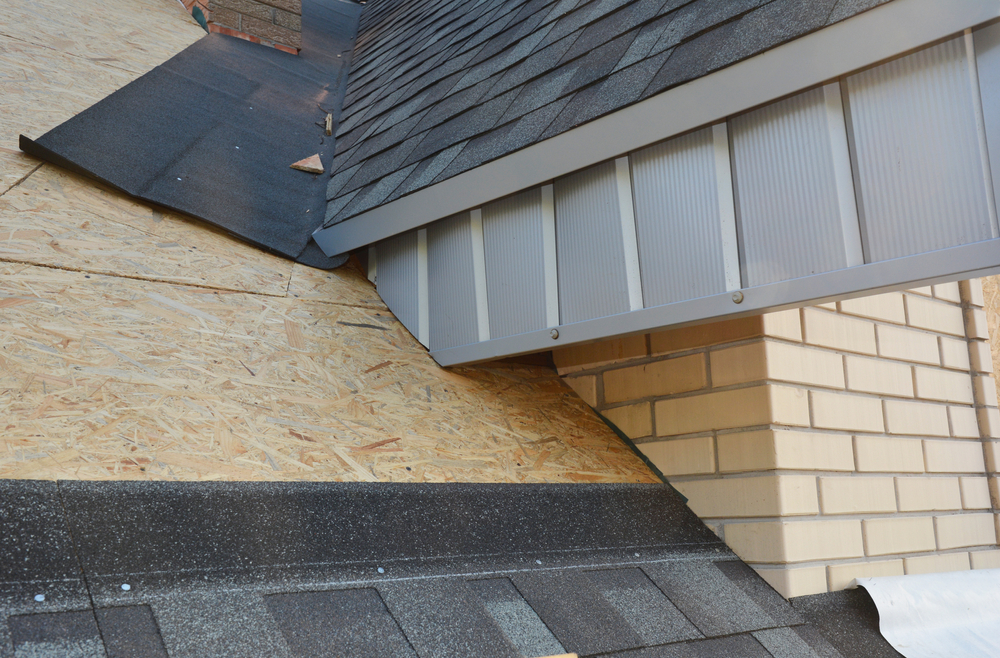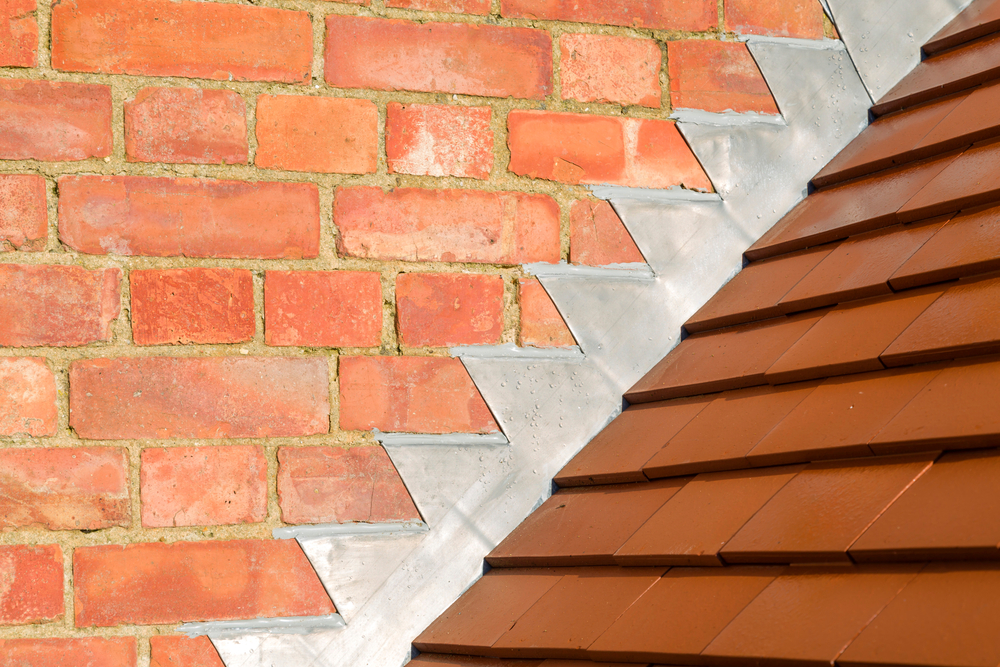Holes, gaps, and cracks around the building may seem non-issue. But these little matters can also inevitably bring considerable problems in the end. It can happen if they are unsecured from elements that gradually damage structures. For this reason, flashing is an integral part of building construction. Are you familiar with this and how it works?
Flashing is a thin sheet of metal or plastic used in construction to prevent water from seeping into the cracks between pieces of material, such as between the roof and the wall. It is typically used in roofing and waterproofing applications.
Some common materials used in flashing include aluminum and stainless steel. These two are known to be lightweight, durable, and resistant to rust and corrosion. Copper and galvanized steel are also suitable for flashing because of their strong resistance against elements.
Types of flashing
On the other hand, flashing also comes in various types, and the common ones are
- Step flashing is installed in layers, with each layer overlapping the one below, and usually applied around chimneys, roof valleys, and at the base of a wall.
- Counter flashing is placed over the top of existing flashing and is ideal for skylights, roof vents, and chimneys.
- Continuous flashing is a single piece of material installed in one continuous strip and suitable around doors and windows.
- Zipper flashing is a continuous flashing type with a zippered edge and is just for around doors and windows.
The other types of flashing kick out, drip edge, and valley, that all direct water away into the gutter. On the other hand, the chimney cricket and saddle deflect water from the chimney and vent onto the roof.
Factors why flashing is important
Flashing is a vital part of the construction process that must not be overlooked. If tastefully done, it adds value to the building and brings benefits to occupants like the following:

Protect the structure from water damage. It is of great help to prevent water from causing severe damage to a building, both structurally and cosmetically.
Prevent insect infestation and other pests from entering the building. In this manner, flashing is also a step toward enjoying a healthier environment for the occupants of the building.
Improve building appearance – Flashing material can hide unsightly cracks and holes. As a result, it also makes a building look neater and more polished. It enhances a building’s curb appeal by complementing its architecture and style. It even can give a home or office an elegant, finished look.
Add an extra layer of insulation – Yes, flashing can help keep a building cooler in summer and warmer in winter.
Reduce noise pollution – Flashing is a barrier between the exterior and interior of the building, which can lessen unwanted noise.
Provide an extra level of security – Would-be burglars and vandals like to find holes, cracks, or any unsecured passage. However, with flashing, they will be discouraged from targeting the property. For one, flashing makes it difficult for them to enter the building.
Help to contain blaze – In the event of a fire, flashing can help to control it. The barrier even prevents this element from spreading to other parts of the building.
What’s more, flashing can increase the lifespan of a building and increase its resale value.

